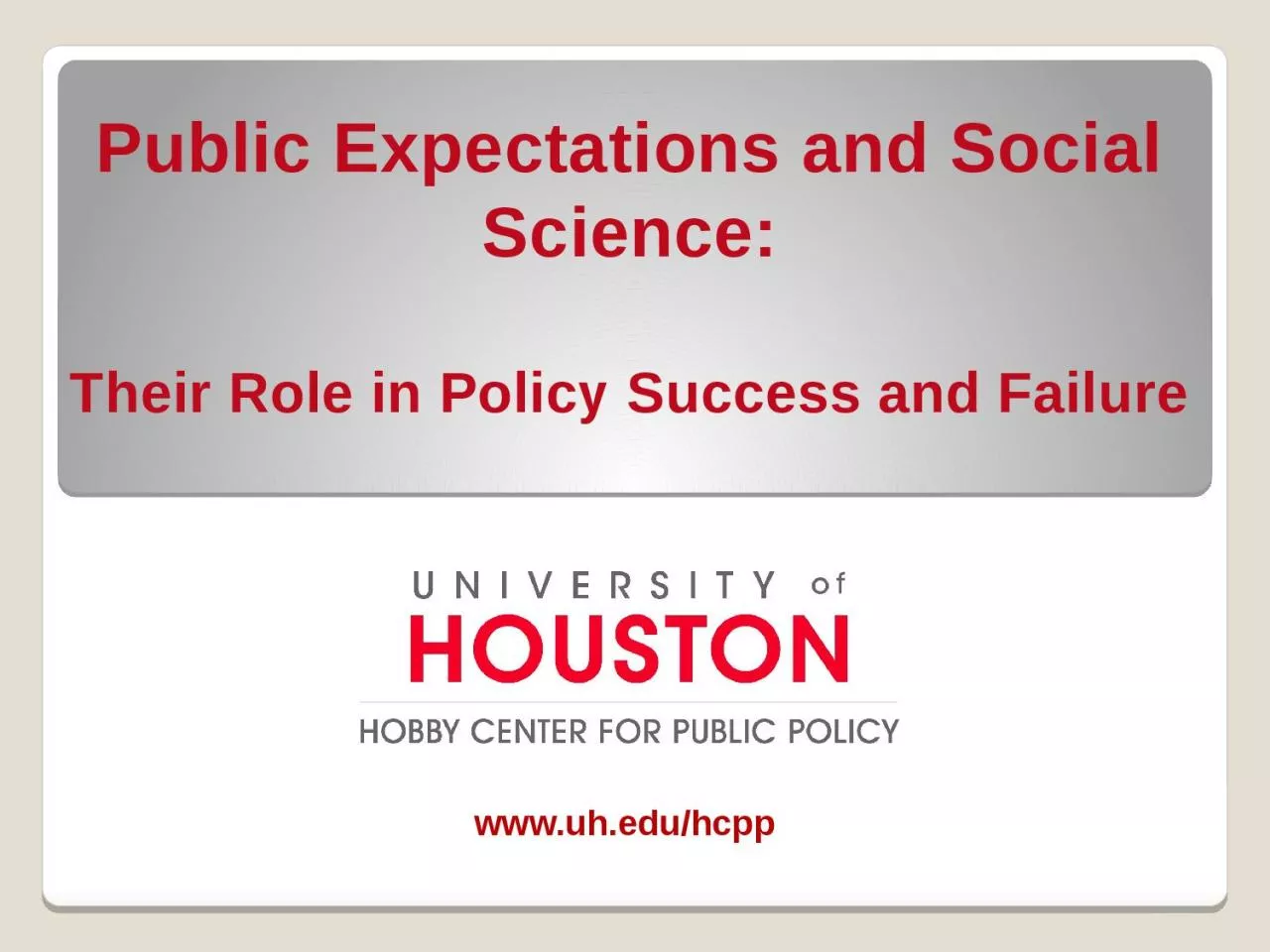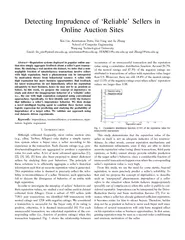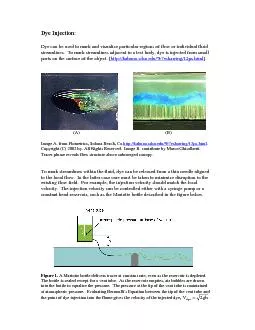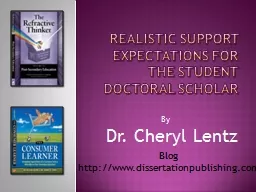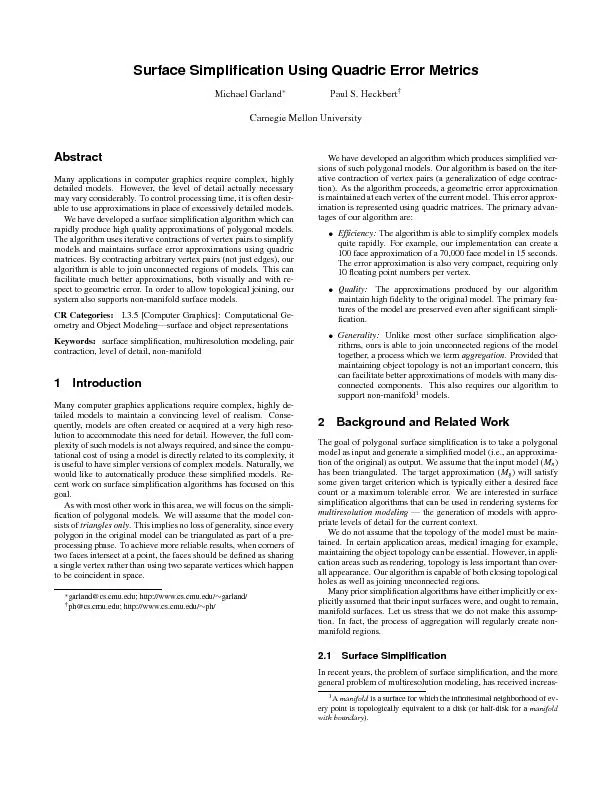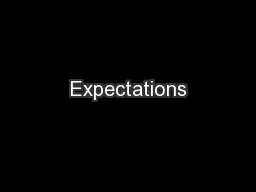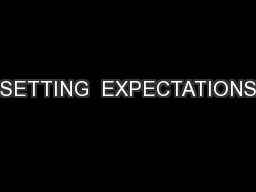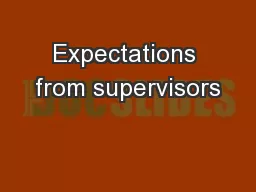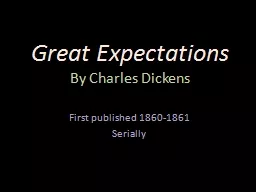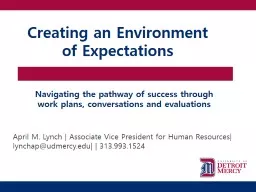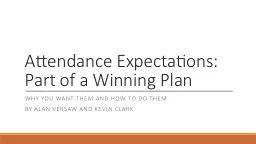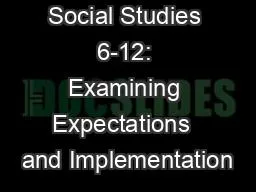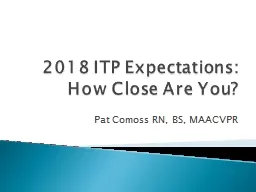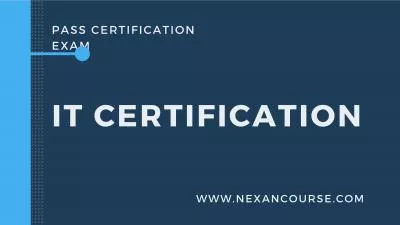PPT-www.uh.edu/hcpp Public Expectations and Social Science:
Author : berey | Published Date : 2023-11-04
Their Role in Policy Success and Failure When and Why Policy Fails Source Romer and Bernstein 2009 and e21 2011 What Happened A Failure to Engage Public Reaction
Presentation Embed Code
Download Presentation
Download Presentation The PPT/PDF document "www.uh.edu/hcpp Public Expectations and ..." is the property of its rightful owner. Permission is granted to download and print the materials on this website for personal, non-commercial use only, and to display it on your personal computer provided you do not modify the materials and that you retain all copyright notices contained in the materials. By downloading content from our website, you accept the terms of this agreement.
www.uh.edu/hcpp Public Expectations and Social Science:: Transcript
Download Rules Of Document
"www.uh.edu/hcpp Public Expectations and Social Science:"The content belongs to its owner. You may download and print it for personal use, without modification, and keep all copyright notices. By downloading, you agree to these terms.
Related Documents

